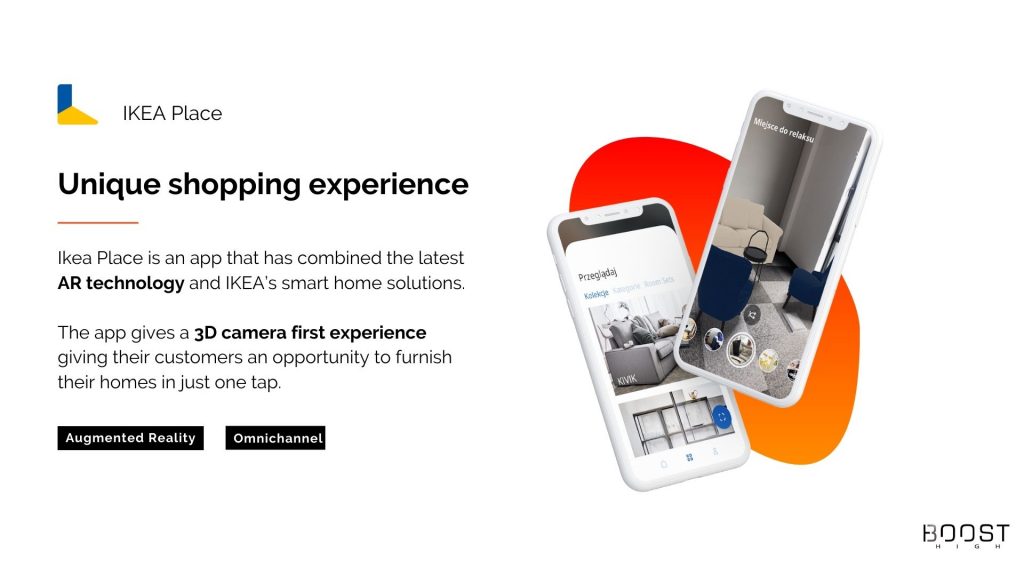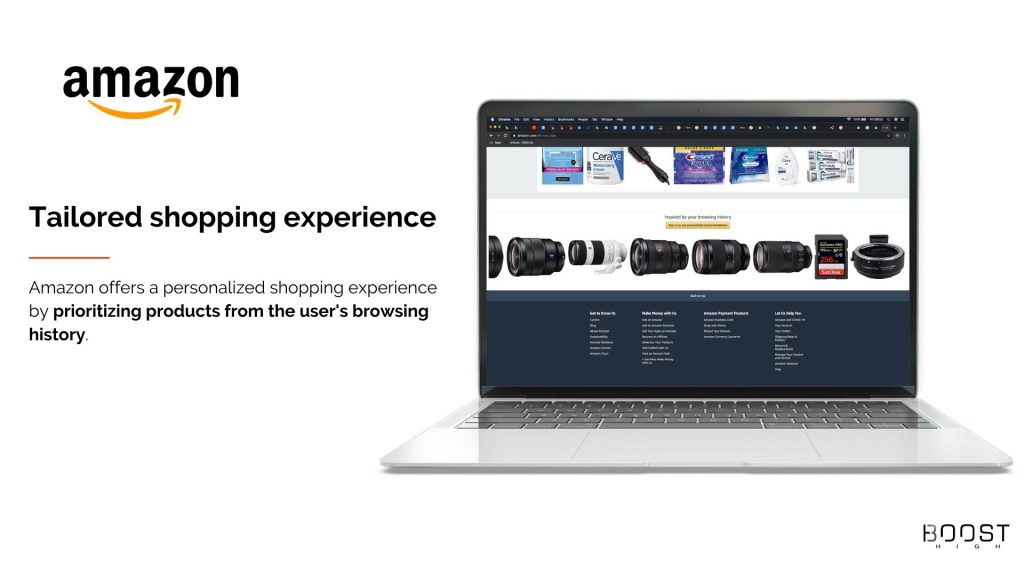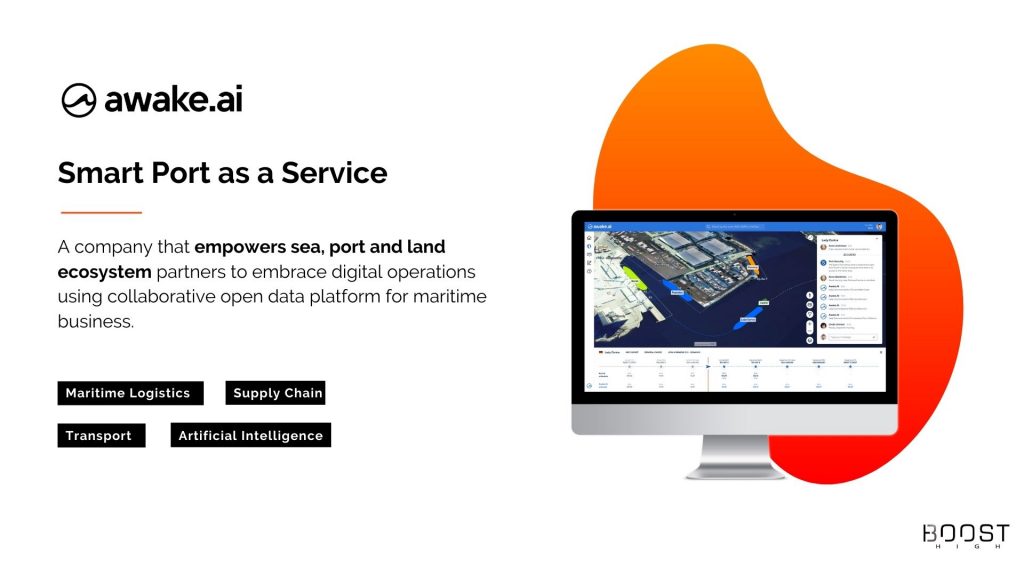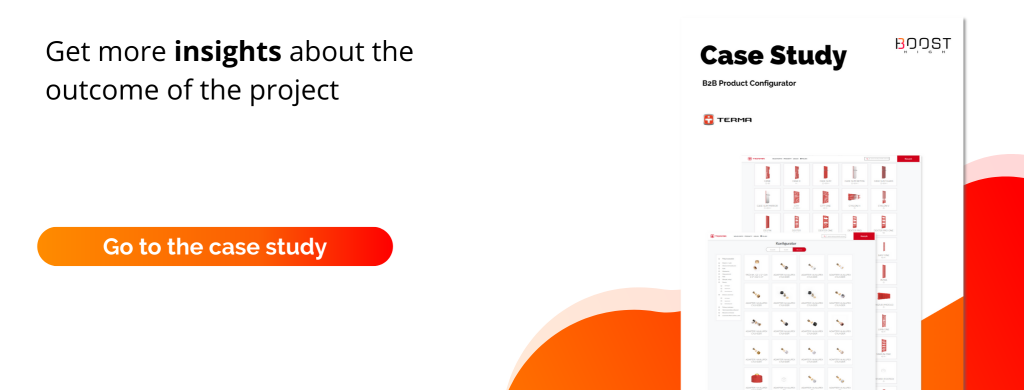B2B e-commerce trends have emerged mainly from B2C e-commerce that’s been growing a little bit faster when it comes to implementing new innovation. There are however some adjustments that make those solutions unique and different from the original inspiration. We’re going to focus on a few most interesting ones that you can transform to your business needs.
B2B e-commerce trends for 2020-2021
Two weeks ago we were asked to prepare a keynote presentation regarding B2B e-commerce trends for “Opportunities for the Polish-Finnish ICT Sector” online event organized by Interizon and Turku Business Region.
It was a great opportunity to share our insights on the topic, discuss the best success stories and meet people involved with that sector.
You can check out Pavel’s presentation from that event on our YouTube channel:
Here are the trends we’ll discuss further into the article:
- Omnichannel
- Visualization
- Personalization
- Data-driven e-commerce
- AI & Chatbots
If you want to know more make sure to contact us and we’ll gladly brainstorm on your next B2B ecommerce idea.
1. Omnichannel in B2B e-commerce
The Internet gave businesses the opportunity to create another sales channel in a form of an online store. MULTIchannel has become a new goal for many brands. They started working on creating more sales channels to increase sales. It’s an old story now. Multichannel has been dethroned by omnichannel experience.
What is an omnichannel then?
Omnichannel focuses on creating a high-quality customer experience by connecting all of the sales channels together. It means that for example a client can order a product online but return it in the physical store. The paths are flexible throughout the whole buying process.

A great example of an omnichannel for B2B e-commerce in an online platform to manage distributors supply and demand. They have access to all products available in your warehouse and can sell them directly from your facility.
One of the specifics of B2B purchasing is invoicing. Nowadays, we’ve become so used to the instant online payment methods in B2C that we started expecting the similar experience in B2B. It’s a big change for this particular sector that needs digital transformation.
Omnichannel for B2B focuses mainly on integrating individual processes within the company and making it a one synchronized buying process.
2. Visualization for B2B e-commerce
By visualization we don’t mean pictures. Here’s the thing about online customer experience. We as customers are used to scrolling through pictures in order to choose a product we want to buy. The tricky part is that pictures are no longer attractive to a buyer.
B2C has been experimenting with videos and AR for years now. One of the examples worth mentioning is Ikea Place.

It’s a mobile application that gives a 3D camera-first experience with an AR furnishing feature. The user uses their own phone to place Ikea products in the space of their choice. The products adjust in size and stay in a chosen location to allow decorating the full space.
It’s not a surprise that B2B is a little bit behind. However, we can already see some interesting implementations in that sector as well.
Visualization in B2B mostly focuses on displaying a full product offer online. It might sound surprising but it is a lot easier for B2C than it is for B2B. Why? B2B are often product manufacturers or service providers whose product offer is flexible and too vague to display online. That’s why we often need a full product strategy dedicated to the business specifics.
Product Configurator as a great way to present a full range of products
A good way to present a full list of products from a manufacturing company is product configurator. An online panel focused on a self-serving module gives a user an opportunity to test multiple options before making a purchase.
We recently finished working on such a project with Terma – a radiator manufacturer. They are able to produce millions of different configurations of their products. However, they couldn’t show their full offer because of it.
Check out the case study on the project and learn how we automated their entire sales process.
3. Personalization as one of B2B e-commerce trends for 2020-2021
The amount of products available online is unlimited. We can pick and choose from millions of different websites, hundreds of brands and they all offer essentially a similar product. This made companies wonder, how to help the customer choose them instead of the competition. That’s how the idea of personalized product was created. Or at least that’s how I see it.
Personalized product is unique, it’s one of a kind and made just for the user. It can also be considered an exclusive product. Why? Because it’s different from anything other brands have to offer.
How Amazon is profiting from personalized communication?
Personalization has also a different context. Dedicated offer based on the user’s preferences is also an upcoming trend. Amazon has been using the browser history to better show the products that will most likely be attractive to the customer.

Data-driven personalization can increase your conversion rate. The users will find what they’re looking for faster and more effectively.
4. Data-driven e-commerce
All of the previous trends that had been mentioned in this article are data-driven solutions. It means that we need a significant amount of data to deliver the expected result. Companies often store unstructured data without being aware of how much it can benefit them.
Integrating ERP or CRM software and using the information from there is a first step to create innovation.
What are the benefits of data-driven e-commerce?
- Understanding buyers behavior – If we can understand how our clients buy our products, we can become even more effective in communicating and presenting our offer.
- Measuring the process and KPIs – The effectiveness of the sales and marketing processes are measured using selected KPIs. With multiplied data we will ensure maximum conversion rate.
- Elimination of wasted effort – Access to data will show the ineffective parts of the process and help you correct it.
- Data-driven strategy – The most effective strategy should be always backed up by data. Give your brand an opportunity to scale up using effective measuring.
5. AI & Chatbots
Artificial Intelligence is, in my opinion, the most important technology that will shape the future of e-commerce. We’re still at the beginning of the road but the travel has already started.
AI solutions allow companies to offer completely new services, products and even brand experience.
Awake.ai is a company that empowers sea, port and land ecosystem partners to embrace digital operations using collaborative data platform for maritime business.

Summary
As you can see, there’s a lot of great solutions that can absolutely transform your e-commerce brand. Hopefully you learned something new and inspiring from this article. If you have any questions regarding any possible solutions, make sure to reach us and we’ll gladly share more insights and ideas that would work great for your business.










